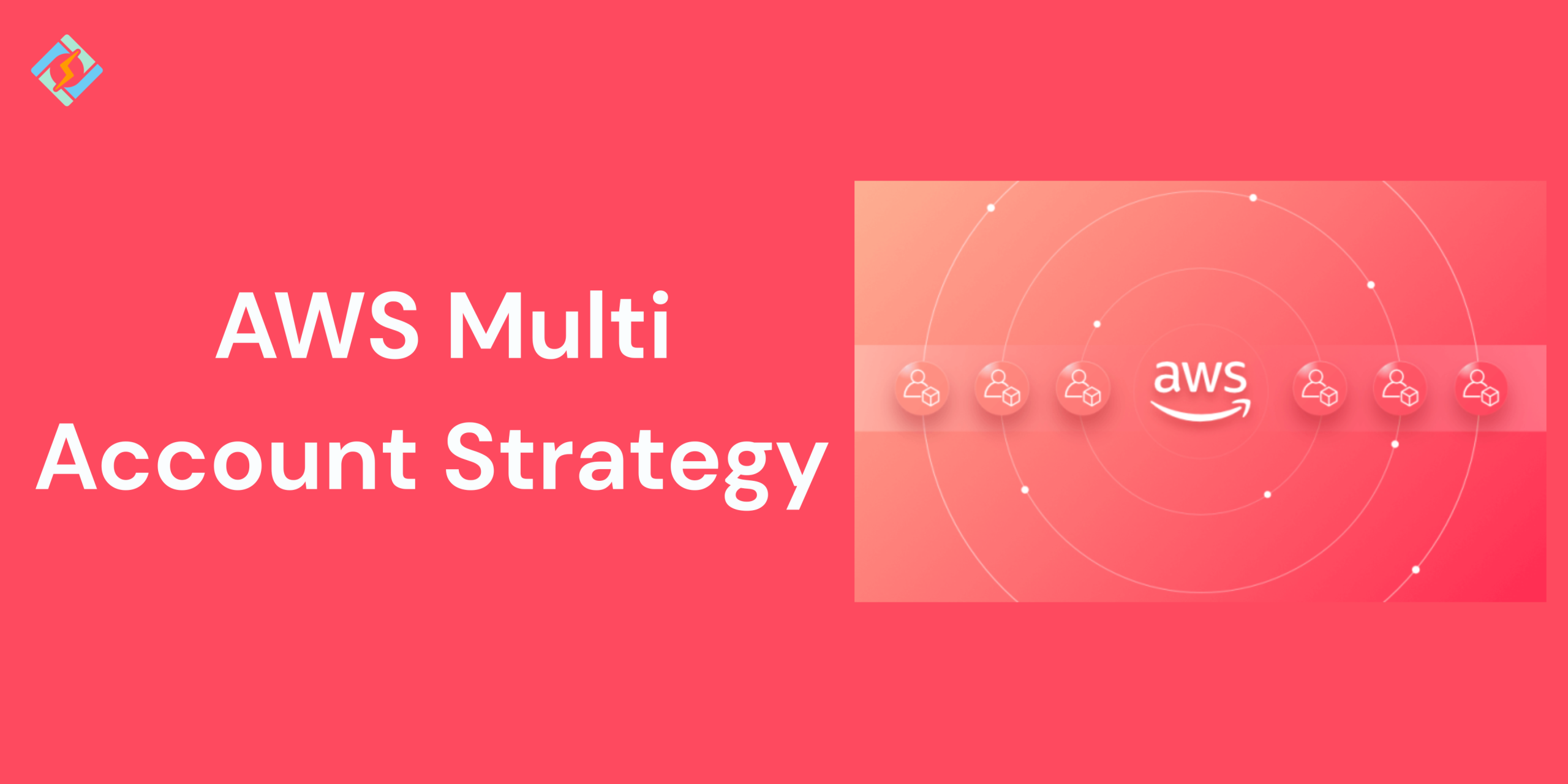As cloud environments grow in size and complexity, using a single AWS account might not be efficient to manage all the workloads, teams, and projects. This is where you need to employ AWS multi account strategy. By organizing your AWS environment into different environments that is each customized to fit a specific team, workload, or environments, you can improve the security, streamline operations, simplify cost tracking, and increase performance.
AWS generally does encourage this approach through tools like the AWS Organizations and Control Tower, which helps business scale confidently and securely.
Why Use AWS Multi Account Strategy
Using multiple different AWS accounts helps you manage the cloud environment and securely. Instead of keeping all the resources in a single account, dividing the workload will help by:
- Creating a more secure environment since all the resources are divided into different centers.
- Separating accounts for all development stages, like coding, testing, staging, and production to avoid accidental changes and overlap.
- Making it easy to track the costs since each account has its own billing according to the team, project, or business unit.
- Easily enforcing compliance based on each separate account’s purpose or sensitivity.
Many businesses use a multi-account setup to support different teams, customers, or workloads more cleanly and securely.
AWS Organizations & Account Management
AWS Organizations is one of the free services that allows you to carefully execute the AWS multi account strategy by making it easy to manage with a centralized dashboard. Using the AWS Organizations, you can easily group accounts into Organizational Units filtered on the basis of function, department, or the environment. You can also apply policies by combining the accounts under a single payment gateway, this way you also simplify billing. Automate account creation by applying standard configurations across all accounts.
Service Control Policies (SCPs) and Permissions
Service Control Policies are a distinguished feature of AWS Organizations that allow you to control the actions that are performed into each account. Key points of SCPs include:
Get exclusive access to all things tech-savvy, and be the first to receive
the latest updates directly in your inbox.
- SCPs apply account-wide (not to individual users), acting as a permission boundary
- They can deny risky actions like deleting logs or disabling encryption, regardless of IAM permissions
- You can apply SCPs at the organization, OU, or individual account level
- SCPs don’t grant permissions—they only restrict what’s allowed, even if IAM allows it
Using SCPs with IAM ensures layered security: IAM defines what a user can do, and SCPs define what is allowed at all within the account.
Related Article: How To Achieve Cloud Compliance Across AWS, Azure, And GCP
Setting Up Identity and Access Management (IAM)
Managing the users and access to multiple AWS accounts can get super complicated super fast but IAM helps you keep it secure and organized.
Key practices include:
- Use IAM roles instead of users in individual accounts. This would allow the users to assume the roles from a central identity account.
- Enable AWS IAM Identity Center (formerly AWS SSO) to manage user access to multiple accounts from one place.
- Follow the least privilege principles to give users and services limited access.
- Use permission boundaries and role policies to limit the user access, even if they are in the admin group.
A well-structured IAM setup ensures that only the right people have the right access, and nothing more.
Sharing Resources Across AWS Accounts
Even though AWS accounts are isolated, you can still share the resources across them when the need be. Here is how you could do it:
- VPC Peering or Transit Gateway: Connect the VPCs across multiple accounts for resource sharing and networking.
- AWS Resource Access Manager (RAM): share resources, such as subnets, transit, gateways, or license manager configurations without duplication.
- S3 Bucket Policies or KMS Cross-Account Access: Enable access to the storage or encrypted data from other accounts.
Always apply tight access controls and monitor shared resources to avoid security risks.
Centralized Logging and Monitoring
When you are dealing with multiple AWS accounts, it is essential to collect the logs and monitor the activity from a single dashboard. This makes it easy to troubleshoot and improve security visibility. Here are a few best practices to look out for:
- Centralize the AWS CloudTrail logs within a single logging account
- Aggregate CloudWatch Logs and Metrics using cross-account subscriptions
- Enable AWS Config and Security Hub to monitor changes and compliance
- Use AWS Organizations to enforce logging requirements across all accounts
Centralized monitoring helps security and DevOps teams get a full picture of what’s happening, without switching between accounts.
Managing Costs in Multi-Account Environments
One of the major benefits of a AWS multi account strategy is better cost control.

Tips for managing costs:
- Use consolidated billing using AWS Organizations to get volume discounts.
- Enable AWS budgets and cost explorer for each singular account.
- Tag resources properly for cost allocation reports.
- Create separate accounts for high-cost projects.
Automating Account Creation and Setup
As you scale your organization, manually creating and configuring the AWS accounts can become inefficient and a waste of time. Automation will help ensure that the accounts stay consistent and compliant.
Ways to automate:
- AWS Control Tower; This is a managed secure that automates account provisioning using predefined templates, applies the rules of SCPs, and integrates the logging and security by default.
- Account Vending via AWS Service Catalog; Build a custom account factory with the AWS Organizations, Lambda, and CloudFormation to create programmatic accounts.
- IaC: using IaC tools like Terraform, you can apply consistent configurations on all accounts.
Automating account setup ensures each new account follows your organization’s governance, security, and compliance standards from day one.
Security Best Practices for AWS Multi Account Strategy
Security is one of the primary reasons to adopt a AWS multi account strategy. Here are some of the best practices to follow:
- Use SCPs (Service Control Policies) to enforce restrictions at the account or OU level—e.g., prevent users from turning off logging or deleting backups.
- Centralize IAM and use federated access so you don’t manage separate users in every account.
- Isolate sensitive workloads in their own accounts to reduce the impact of a compromise.
- Enable GuardDuty, Security Hub, and AWS Config in each account and aggregate results centrally.
- Apply least privilege access and audit permissions regularly using IAM Access Analyzer.
A secure multi-account setup gives you strong boundaries, easier detection of unusual activity, and faster response to incidents.
Conclusion
A well-curated AWS multi account strategy can provide your organization the structure that it needs for scalability and security. Whether you are a startup or an established business, using multiple AWS accounts can help you better manage your cloud footprint in a budget-friendly and secure manner.



